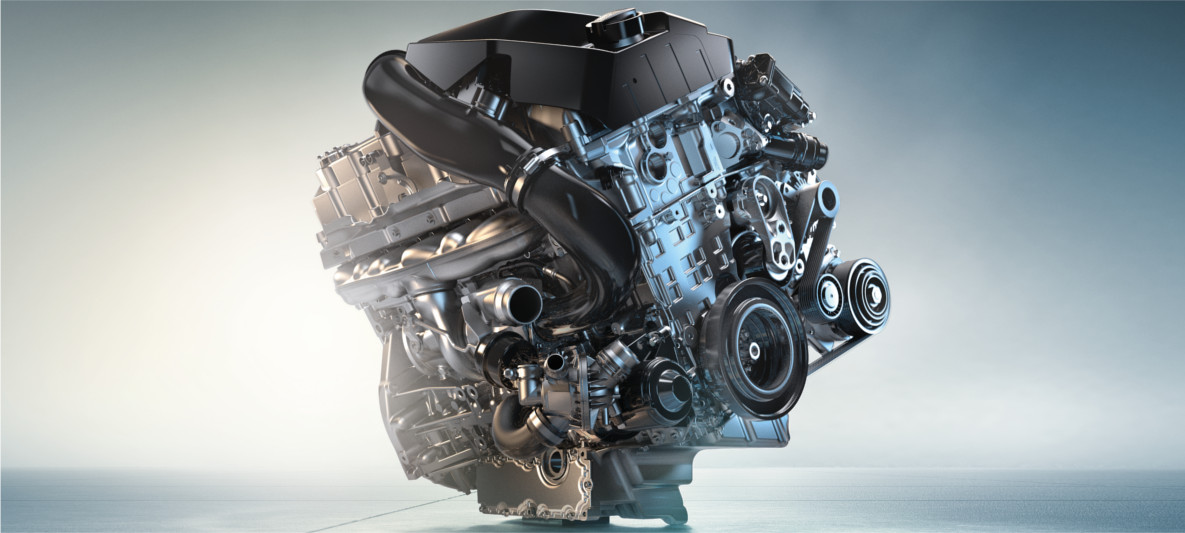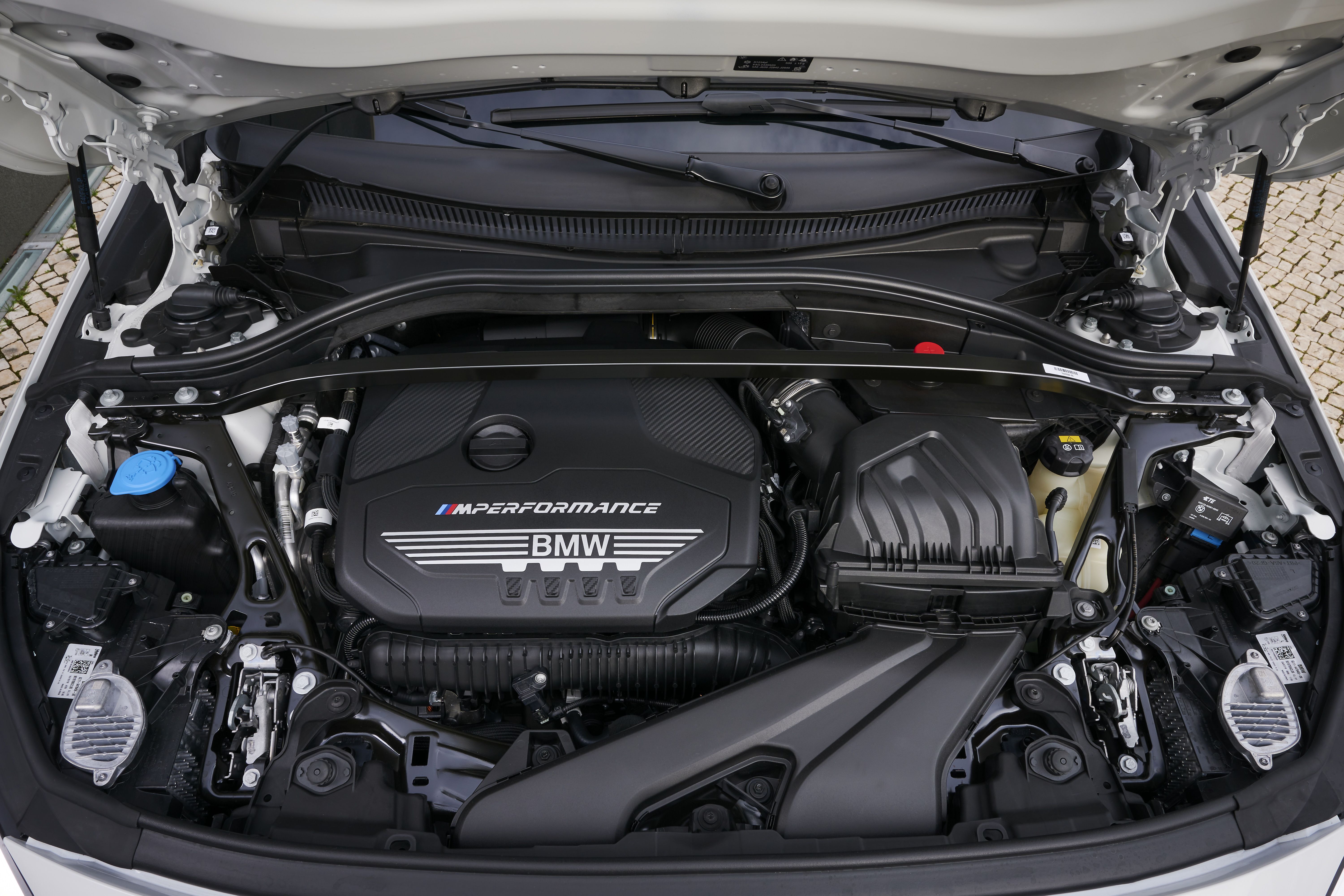Checking Out the Performance Enhancements of the current BMW Engine Versions
Wiki Article
Discovering the Advancement of Burning Engines in Modern Transport Equipments
As we browse the landscape of modern-day transport, the development of combustion engines stands as a testament to human ingenuity and engineering prowess. From their modest starts to the sophisticated giants pushing automobiles today, burning engines have actually undergone an exceptional trip of development and adaptation. Comprehending the complexities of this evolution not just sheds light on the past however likewise leads the way for picturing what exists ahead in the realm of transport modern technology. The interaction of history, technology, and ecological worries fit the trajectory of combustion engines develops a story that is both compelling and insightful.Early Beginnings of Combustion Engines
Just how did the idea of combustion engines very first arise in the early stages of transport development? The roots of burning engines can be traced back to the 17th century when the principles of inner burning were initial checked out.The advancement minute came with the creation of the initial successful gasoline-powered engine by Karl Benz in 1885 - bmw engine. This engine paved the means for the advancement of the modern auto, reinventing transportation systems worldwide. Succeeding developments by Nikolaus Otto and Gottlieb Daimler even more fine-tuned combustion engine modern technology, bring about the mass production of vehicles and the fast growth of the transport sector
These very early burning engines were defined by their simpleness and effectiveness, laying the foundation for the complicated and powerful engines used in modern-day transport systems. The development of combustion engines has been important in shaping the way we take a trip and transport items, marking a considerable landmark in the background of transport growth.
Change to Internal Burning Technology
The change to interior burning innovation marked a pivotal shift in the development of transport systems. This change began in the late 19th century, with creators like Nikolaus Otto and Gottlieb Daimler developing the initial effective interior burning engines. These engines reinvented transportation by offering an extra effective and efficient choice to heavy steam engines and electrical motors.One of the key benefits of internal burning engines was their ability to be reduced to match vehicles, bring about the advancement of motorbikes and vehicles. This change from cumbersome, stationary engines to portable, mobile ones led the way for the modern-day transport systems we see today.
The shift to inner combustion modern technology likewise stimulated improvements in fuel innovation, leading to the advancement of gasoline and diesel as main gas sources for automobiles. This change not only made transport more obtainable to the masses but likewise laid the structure for the oil and gas industry to come to be integral to international economies.
Effect of Combustion Engines on Transportation
The adoption of burning engines in transport systems catalyzed a profound change in the efficiency and rate of global movement. Burning engines revolutionized transport by providing a reputable and functional source of power for different lorries, including cars, ships, airplanes, and trucks. This development substantially improved the ability for products and people to move over fars away in much shorter timespan, bring about increased connectivity between areas and countries.In addition, the prevalent usage of burning engines has actually had a significant effect on economic advancement. The capability to move items successfully has spurred trade and business, permitting organizations to increase their markets and reach consumers worldwide. This has promoted financial development and globalization, as products can currently be carried faster and in bigger amounts than ever previously.
However, the environmental influence of combustion engines can not be neglected. The combustion of fossil gas has led to air contamination and greenhouse gas exhausts, adding to environment adjustment and positioning health risks to populaces. bmw engine. Therefore, there is an expanding emphasis on establishing alternate propulsion technologies to minimize these adverse results and produce a more lasting future for transportation
Innovations in Burning Engine Design
Countless improvements in combustion engine style have thrust the development of transport systems over the decades. One notable technology is the development of turbocharged engines, which make use of exhaust gases to drive a wind turbine that presses incoming air, permitting more gas to be burnt, leading to increased power outcome without click for info a substantial increase in engine dimension. Additionally, direct shot technology has boosted fuel performance and performance by exactly regulating the amount and timing of fuel infused into the burning chamber. Variable shutoff timing systems have likewise changed engine go right here design by enhancing air movement at different engine speeds, improving both power and efficiency. One more substantial development is the combination of light-weight products such as carbon fiber and aluminum alloys, decreasing total engine weight and boosting vehicle fuel economic situation. Additionally, improvements in computer-aided layout have allowed designers to maximize engine efficiency and performance via simulations before physical prototypes are developed, saving time and resources in the advancement procedure. These technologies jointly add to the continuous enhancement of burning engines in contemporary transportation systems.Future Trends in Burning Engine Advancement
With innovation improvements driving continual development, the future of burning engine growth is poised to revolutionize transport systems globally. One of the vital patterns in combustion engine growth is the press towards better effectiveness and reduced emissions.An additional famous fad is the adoption of hybrid modern technologies in burning engines. Hybrid engines combine standard burning modern technology with electric power, providing enhanced gas performance and lower emissions. As the automobile market changes in the direction of electrification, hybrid combustion engines are seen as a transitional option that links the void in between standard vehicles and fully electric ones.
Furthermore, the combination of wise innovations, such as expert system and information analytics, is anticipated to play a considerable function in the future of burning engine advancement. These innovations can enhance engine performance in real-time, resulting in much more effective combustion processes and enhanced overall vehicle efficiency. Welcoming these future patterns will certainly not only drive development in combustion engine development yet additionally add to a much more sustainable and eco-friendly transportation ecosystem.

Verdict
To conclude, the evolution of combustion engines in modern transportation systems has been learn this here now marked by significant developments in technology and design. From the early starts of burning engines to the change to interior burning innovation, these engines have had a profound influence on transport. Technologies in burning engine style continue to drive progress in this field, with future fads concentrating on additional enhancing effectiveness and reducing emissions. The future of burning engines in transport looks promising as research and growth initiatives remain to push boundaries.The roots of burning engines can be traced back to the 17th century when the concepts of interior burning were very first discovered. These engines reinvented transportation by providing a much more efficient and powerful option to heavy steam engines and electrical motors.

Report this wiki page